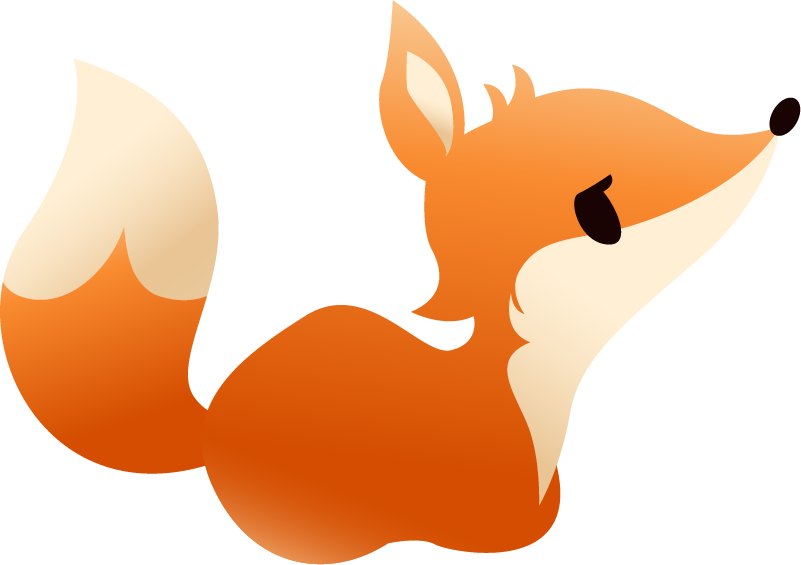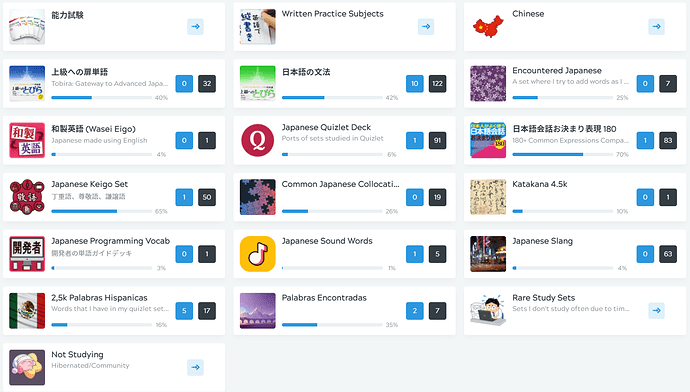I’m curious as to other people’s lineups so here’s mine!
- The first three decks are imports I did of Lan’dorien’s name decks and two others are geography-based (Cities and Prefectures of Japan). This kind of knowledge (names of people and places) lends itself very well to bulk memorization which is why it represents 5 out of 9 of my active decks.
- I then have the Common Expressions deck as well as the Wasei Eigo deck to help me quickly identify not-so-easy words and phrases which may be tricky to understand the first time reading/hearing them as expressions are idiomatic and not literal. As for Wasei Eigo, it’s just garbled English expertly designed to be ever so slightly and confusingly different form actual English (but very fun to learn).
- I have the Lost WK Levels deck to make sure that I fill out the necessary Kanji for JLPT N1 which I’m taking in July if Italy doesn’t cancel it again.
- I currently have the All in One Kanji deck which is currently inactive but that I intend to use for Kanji writing practice once I’m done with my current lineup of decks as well as Wanikani and Bunpro which should be somewhere in May.





